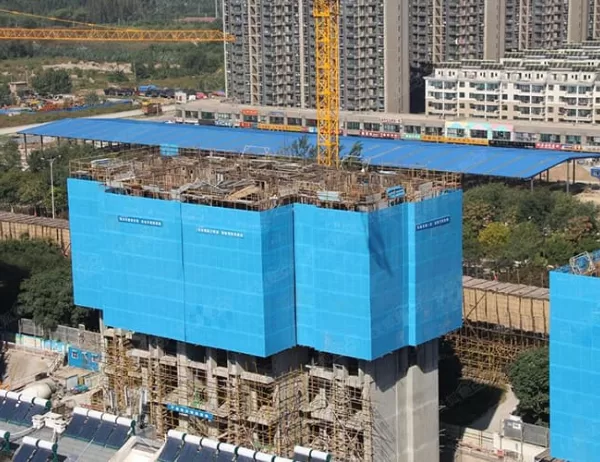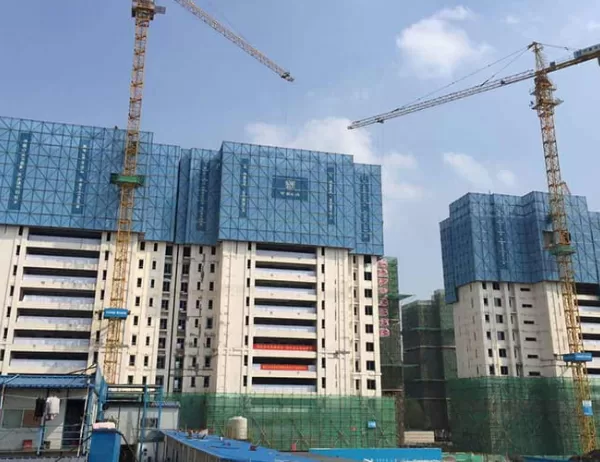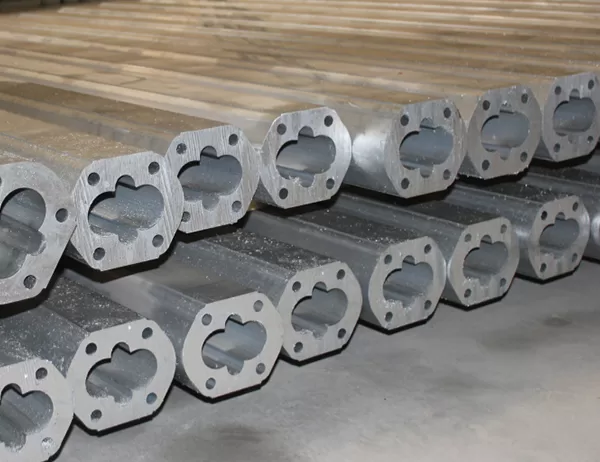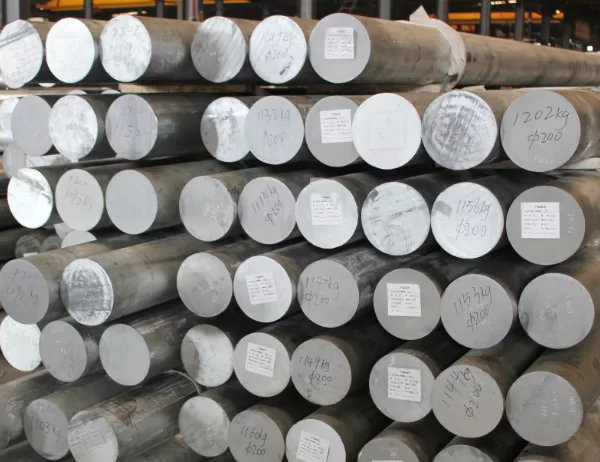Introduction
The extruded aluminium tube manufacturing landscape is constantly evolving, driven by technological advancements and market demands. This article explores the key trends and innovations that are shaping the industry, offering insights into the latest developments and future prospects.
Enhanced Extrusion Techniques
Direct Extrusion
Direct extrusion involves forcing heated aluminium billets through a shaped die, resulting in seamless and high-precision tubes. This technique is widely used for producing tubes with complex profiles and tight tolerances.
Indirect Extrusion
Indirect extrusion utilizes a plunger to push the billet through a stationary die. This method offers greater flexibility in shape and size, making it suitable for producing larger and thicker tubes.
Advanced Finishing Processes
Anodizing
Anodizing creates a protective and decorative oxide layer on the aluminium surface, enhancing corrosion resistance and aesthetic appeal. Advanced anodizing techniques include hard anodizing and colour anodizing.
Powder Coating
Powder coating involves spraying electrostatically charged powder onto the tube’s surface, which is then cured to form a durable and weather-resistant finish. This process offers a wide range of colours and textures.
Automation and Digitization
Automated Production Lines
Automated production lines integrate robotics, sensors, and control systems to streamline the extrusion and finishing processes. This reduces manual labour and improves efficiency, productivity, and quality consistency.
Data Analytics and Simulation
Data analytics and simulation tools enable manufacturers to optimize extrusion parameters, detect defects early, and predict production bottlenecks. These advancements enhance process control and reduce waste.
Sustainable Manufacturing
Eco-Friendly Materials
The aluminium industry is embracing eco-friendly materials, such as recycled aluminium and low-carbon alloys. These materials minimize the environmental impact of tube manufacturing.
Energy-Efficient Processes
Innovative technologies, such as vacuum extrusion and induction heating, reduce energy consumption during the extrusion process. This contributes to sustainability and cost savings.
Emerging Applications
Electric Vehicle Components
Extruded aluminium tubes are increasingly used in electric vehicle components, such as battery enclosures and structural frames. Their lightweight, strength, and corrosion resistance make them ideal for this rapidly growing market.
Biomedical Applications
Aluminium tubes play a vital role in biomedical applications, such as stents, catheters, and surgical instruments. Advanced extrusion techniques allow for the production of complex shapes and intricate features required for these devices.
Future Prospects
The future of extruded aluminium tube manufacturing holds promising prospects. Continued advancements in extrusion technologies, finishing processes, and automation will drive further innovation and efficiency. Sustainability will remain a key focus, with manufacturers exploring eco-friendly materials and energy-efficient processes. Emerging applications in electric vehicles and biomedical devices will create new growth opportunities for the industry.




